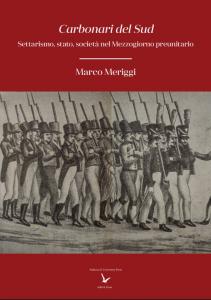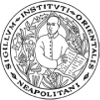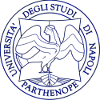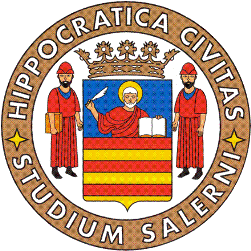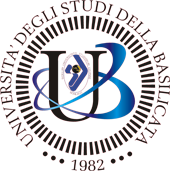Southern Carbonari. Sectarianism, state, society in pre-unification Southern Italy
Keywords:
Carboneria, Secret societies, Kingdom of Naples, Kingdom of the Two Sicilies, Italian RisorgimentoSynopsis

Publisher: FedOA - Federico II University Press
Series: Clio. Essays in History, Archaeology and Art History
Pages: 207
Language: Italian
Abstract: Between the Napoleonic era and the early years of the Restoration, the Carbonari, a secret society that at that time had hundreds of thousands of members, enjoyed its golden age in southern Italy, giving rise to the largest phenomenon of politically progressive mobilisation that Italy experienced before the revolutions of 1848. The southern Carbonari adopted the lexicon of freedom and, between 1820 and 1821, loudly demanded it. These events are well known. In this book, however, we attempt to approach the subject from a different angle and show how the Carbonari were first of all an expression of the desire for social aggregation and collective cohesion in a world that was witnessing the decline of the feudal system and the simultaneous advance of modern statehood.
Downloads
